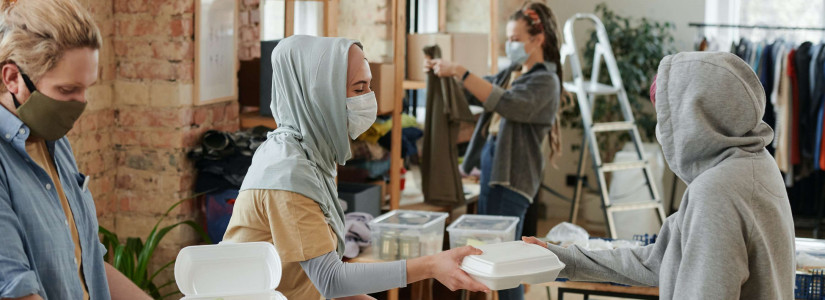Mysterious Coronavirus Syndrome in Children Has Doctors Concerned
One of the most troubling developments of the ongoing COVID-19 pandemic is the increasing amounts of reports detailing how this virus is seriously affecting children. Up until a few weeks ago, health experts were in agreement that the virus was not a significant threat to children. However, doctors are now growing increasingly worried as there are more reports of cases of children presenting with a serious multisystem inflammatory syndrome as a result of the virus.
By the Numbers
Health officials are currently investigating more than 150 cases of this mysterious condition throughout the country. At least 18 states have reported the post-viral syndrome in recent weeks. The majority of these cases have been in children in the New York City area. While the multisystem inflammatory syndrome is not a direct effect of the virus, doctors believe that it is an immune response after being exposed to the virus. Approximately half of the patients test positive for the coronavirus. The remaining patients are testing positive for the antibodies, indicating that they were exposed to the virus recently. While there have been a few deaths associated with the syndrome, most children are recovering with the help of intense medical intervention.
States that are currently reporting cases include Delaware, Illinois, Kentucky, Louisiana, Massachusetts, Michigan, Minnesota, Mississippi, Missouri, New Jersey, New York, Ohio, Oregon, Pennsylvania, Tennessee, Utah, and Washington.
Understanding the Virus
The unknown syndrome is distinguished by its resemblance to another serious childhood condition known as Kawasaki disease. This disease generally affects children under the age of five. The painful disease causes inflammation in the walls of medium-sized arteries, leading to heart damage and other issues. Like Kawasaki disease, this new syndrome presents with a high amount of inflammation and can damage the heart. Other symptoms include fever, rash, and red eyes. Once the child has been admitted to the hospital, doctors are finding various degrees of poor organ function and inflammation throughout the body.
Around the World
The syndrome is not limited to children in the US. The Royal College of Paediatrics of Britain was the first health organization to bring the mysterious syndrome to light last month. Since then, the organization has reported between 75-100 children affected in that country. Evelina London Children's Hospital has reported over 50 cases alone. Doctors in Italy are also documenting a significant amount of pediatric cases that point to a viral response. A recent study documented a 30-fold increase in the number of cases of the syndrome in children of the Bergamo province of Italy. These cases spiked not long after COVID-19 spread like wildfire through that region, prompting an entire shutdown of the country.
What to Expect
Because the serious immune response is a post-viral reaction, health experts caution that there will be a delay in cases. Current data suggests that the epicenters of the virus are seeing these clusters of pediatric cases approximately four to six weeks after the onset of virus confirmations. Although most children are not seriously affected by the virus, there is a handful that requires hospitalization. The good news is that the doctors have zeroed in on treatments that have proven to be effective at fighting the response. The most proven treatments at this stage include blood thinners and immune modulators.
Signs to Watch Out For in Your Children
Unlike the coronavirus which generally comes on quickly, most parents are reporting seeing a gradual decline in health for their children that have been affected with the syndrome. Knowing the signs of this syndrome can help parents to know when they need to seek medical treatment. The most common signs that present first are a persistent fever or an unexplained rash. If your child experiences any of these symptoms, it is important to consult with your healthcare provider. This is especially important if you believe that your child may have been exposed to COVID-19.
Although it is important to remember that this is not a serious threat to most children, it is critical to be aware of the symptoms so that you can take action if needed. As more information is learned about the new syndrome, doctors hope to get a better understanding of how to treat it and recognize the symptoms before they escalate to a more serious illness.

















